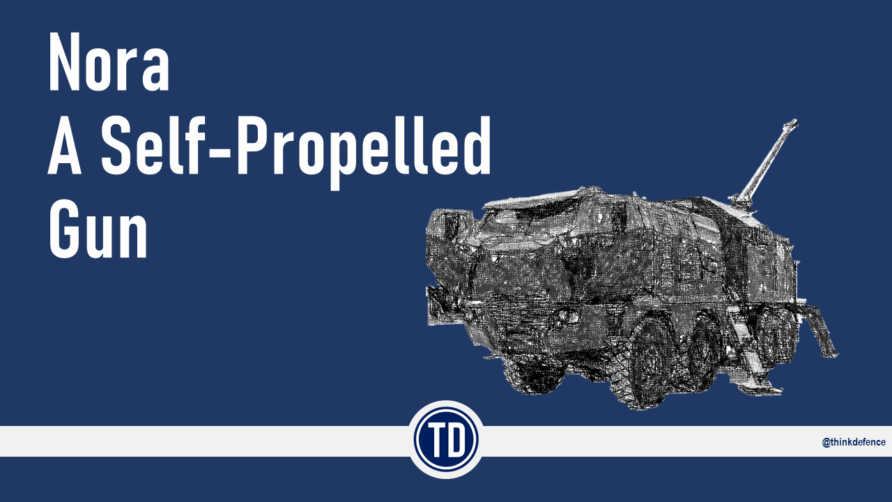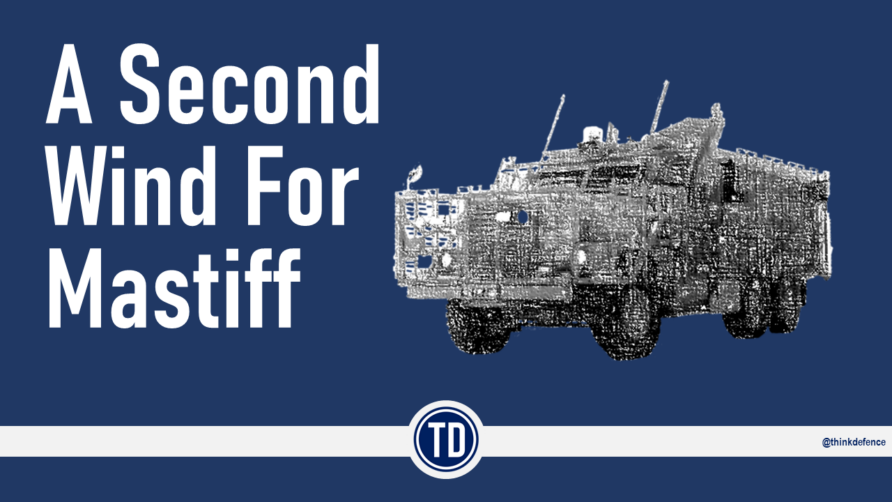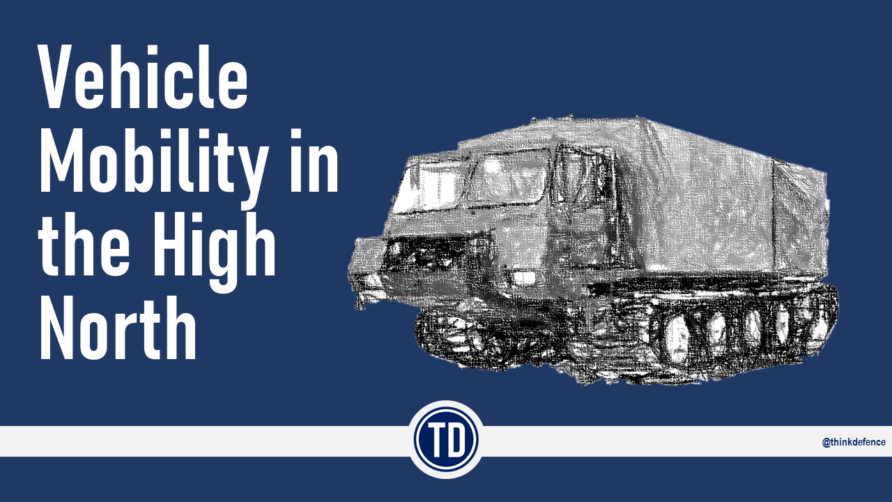The number of uncrewed ground vehicles (UGV) that can fit inside a helicopter is significant.
Most are small, designed for EOD and other specialist roles, but in the last several years their size has increased and the range of capabilities likewise.
The British Army is engaged in an active series of trials and development programmes for these larger vehicles, some that would fit, and some that would not.
Small, such as the DCE X Series
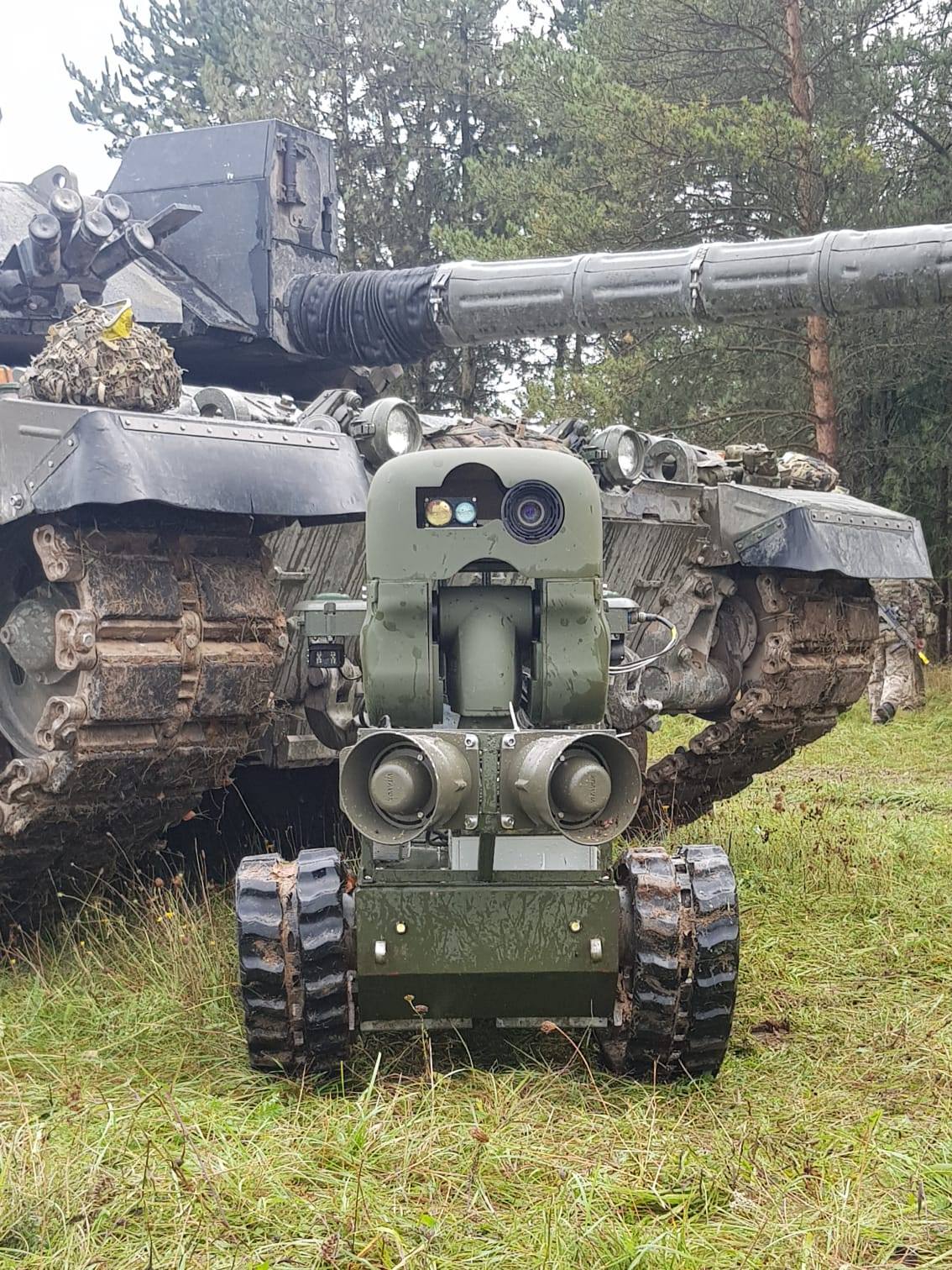
And positively chunky, like the Elbit Robotic Autonomous Sense and Strike (ROBUST), based on BL Mk2 vehicle.
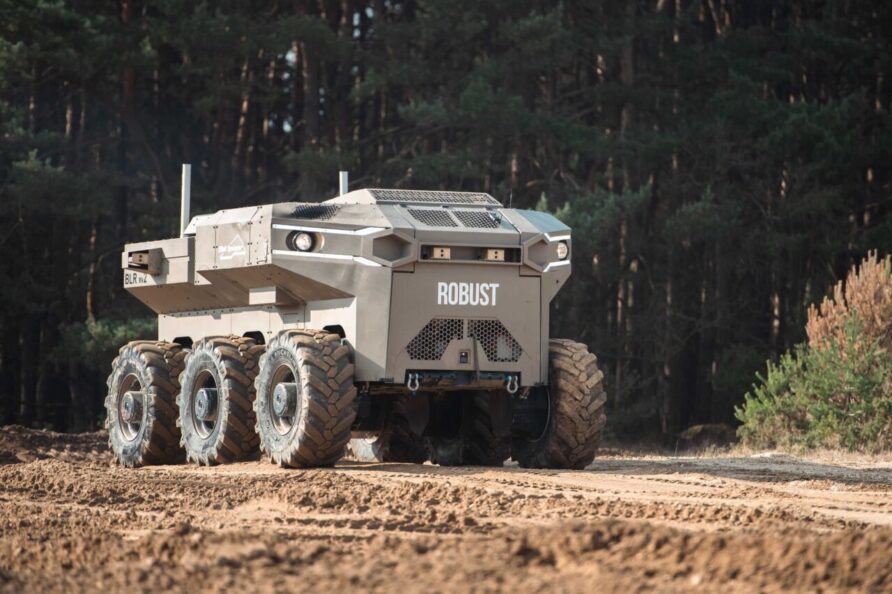
For this post, I will concentrate on the ones we are actively testing and a handful of other examples we might consider, and that fit.
REEK
In the ATV part of the series, I described a hybrid electric modular ATV/UTV
Its modular construction allows the drive unit to be converted quickly to an uncrewed carrier.
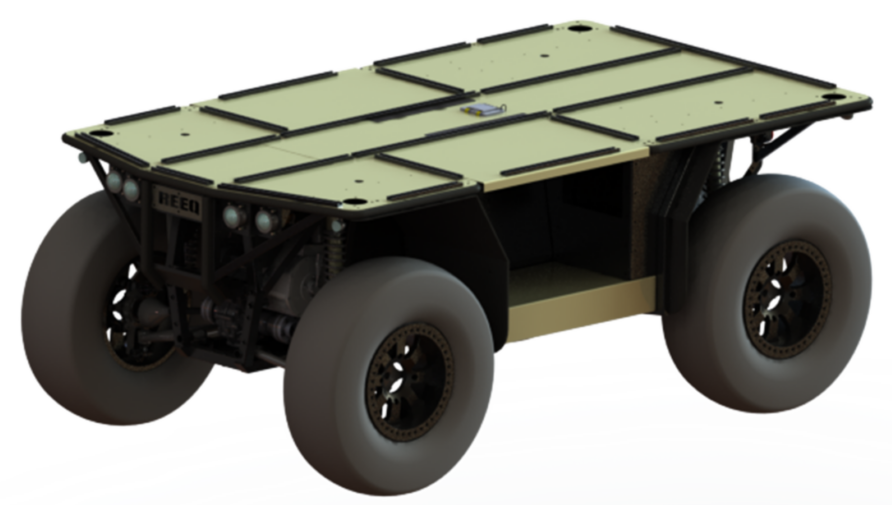
This seems early stage at the minute but attractive from a commonality perspective used in the ATV and UTV configuration.
Rheinmetall Mission Master Silent Partner (SP)
Based on a Canadian Argo XT, the Mission Master SP is a relatively well-developed product
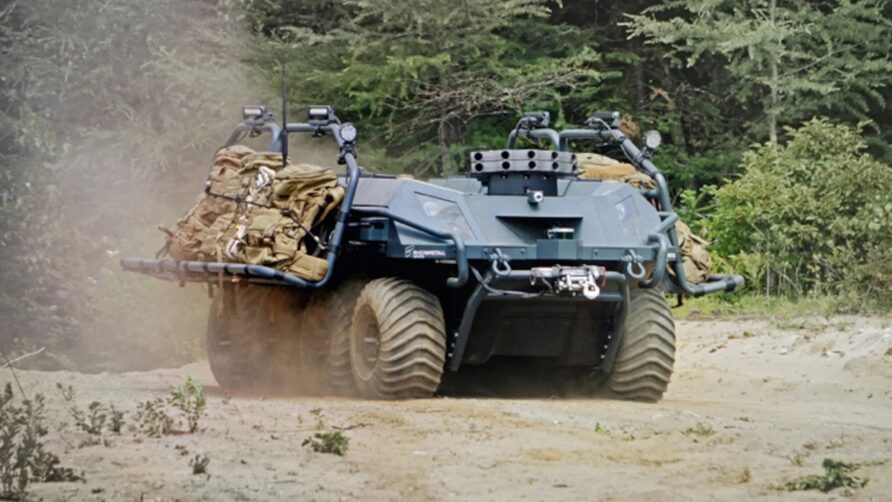
In addition to acting as a load-carrying robotic platoon vehicle, it has also been seen equipped with 70 mm Thales rockets, automatic cannons, and C-UAS sensors.
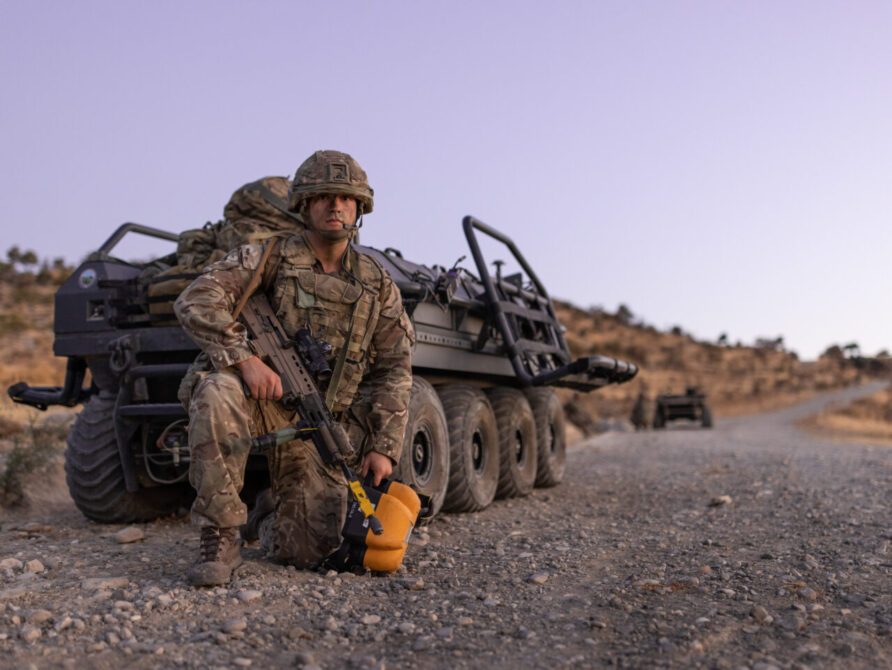
It is 2.95m long, 1.55m wide (without external stowage frame), and 1.33m high (payloads may increase this), and weighs 1,100 kg.
The maximum payload is 600 kg, and it can be towed at up to 60kph. Maximum speed is 30kph and endurance is 8 hours in its base configuration.
Additional batteries could be carried, but they would reduce payload.
Rheinmetall Canada (Provectus Robotics) developed the Path-A robotic control software that can be used with other vehicles, the Polaris MRZR for example, delivered to the UK as part of Project Theseus 2.2
Hippo HAWC and RAPTOR
As described in the Multi-Axle section, Hippo Multipower, Pardus Defence, and Canadensys are offering the HAWC and RAPTOR.
The HAWC is the optionally crewed variant, with a 1,000 kg that is inclusive of the crew.
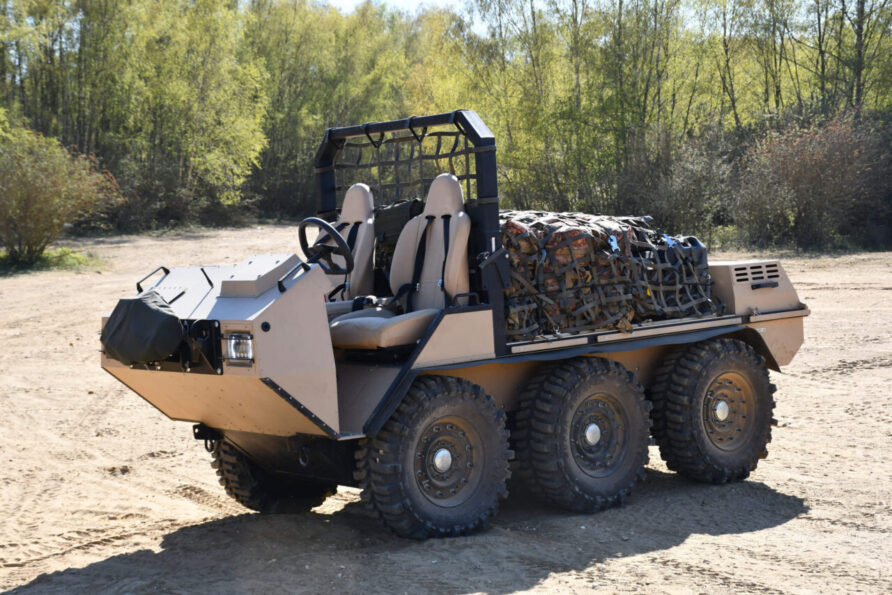
And the Raptor, fully uncrewed, with a 1,000 kg payload
Their hybrid power system enables silent operation, power export, and a 150 km maximum range.
The top speed is 35kph, and it can tow 2,000 tonnes, kerb weight is 1,700 kg.
IDV Viking
Developed by MIRA, the Viking (formerly Centaur) was acquired by Iveco Defence Vehicles (IDV) in 2023, now branded as the IDV Robotics Viking.
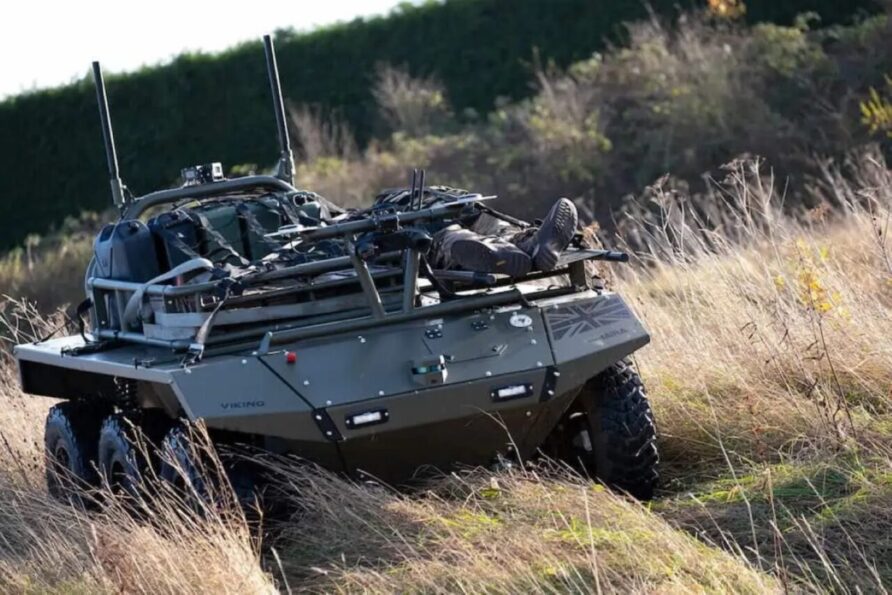
IDV also acquired the MACE software suite that enables autonomous operation and integration, MACE itself is also a mature product, used in the Afghanistan operations Snatch Panama vehicle as part of the counter IED Talisman suite.
The front and rear steering Viking is 3m long, 1.8m wide and 0.9m high to the load bed, 1.924m with antennas in deployed position.
Kerb weight is 1.3 tonnes, and the payload is 700 kg on a 1.74m long x 1.8m wide load bed, for a maximum weight of 2 tonnes.
The hybrid power system enables a maximum speed (limited by software) of 45kph and a maximum range at 20 degrees C is 250 km (20 km electric only)
QinetiQ/Milrem Themis
Marketed by QinetiQ as Titan, the Milrem Themis is arguably one of the more mature UGVs and is being used in Ukraine.
Unlike those above, it is tracked.
It fits inside a Chinook, but the width would be a problem for Merlin.
Unladen weight is 1,650 kg, and it has a rated payload of 750 kg, although Milrem also documents a maximum payload of 1,200 kg.
The teleoperated range is 10 km, it has a towing speed of 80kph and an endurance of 15h hours in hybrid mode.
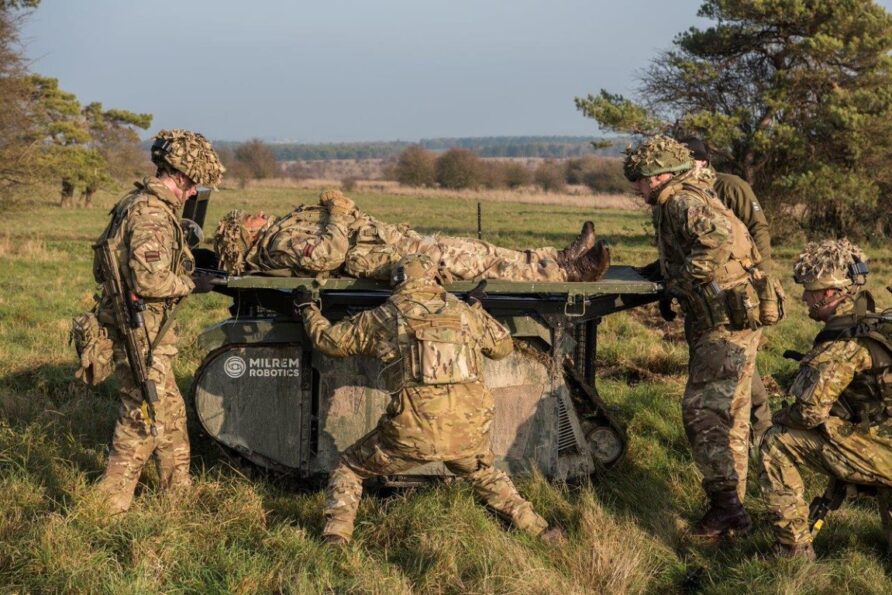
Milrem has also built an impressive ecosystem of partners, and the platform has a wide array of capabilities.
Marlborough MAPS
Marlborough Communications partnered with Praesidium Global in Australia to deliver the Mission Adaptable Platform System (MAPS) to trials for the British Army, although its current status is unclear.
Supacat ATMP
The Supacat ATMP and eATMP have also been shown with teleoperation and autonomy, with some concept work done on these.
Aardvark RANG-R
One system that has not yet been included in British Army trials is the UK-designed and built Aardvark RANG-R.
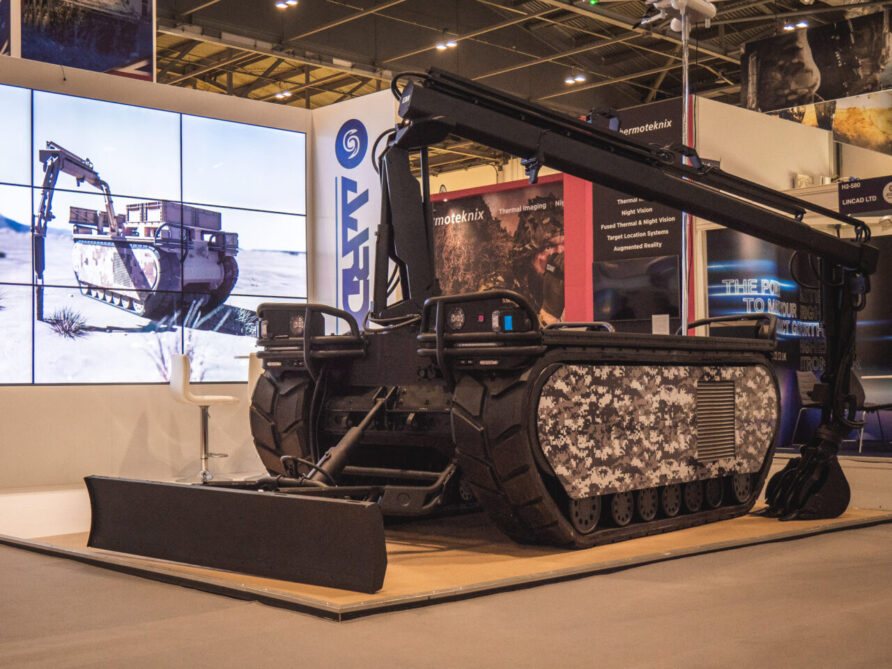
The Aardvark Remote Autonomous Next Generation-Rover (RANG-R) is a tracked UGV that is built from their teleoperated demining experience. In this regard, it is different from others in that it is designed with protection in mind, survivable against a blast from a nearby 8.8lkg explosive charge.
Extra blast and ballistic protection, up to Level IV, can be added.
The autonomy systems have been developed with Evolve Dynamics
The base vehicle has a maximum speed of 100kph, a kerb weight of 2,650 kg and a maximum payload of 3,850 kg (2x max weight NATO pallets)
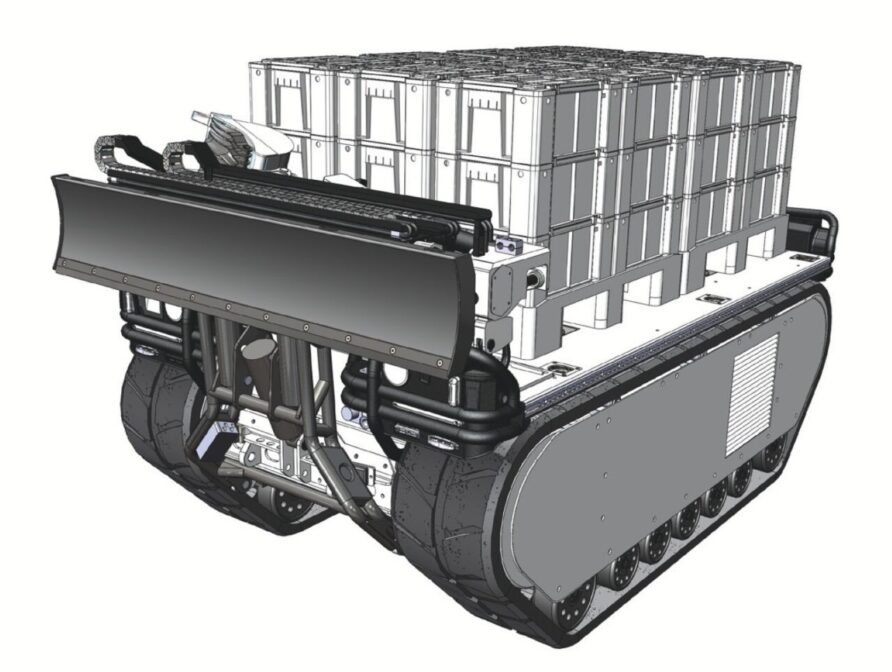
It can also tow a trailer up to 3,500 kg.
The vehicle is 2.659m long, 1.58m wide, and 1.09m high. Height is increased if attachments such as cranes or sensor masts are fitted.
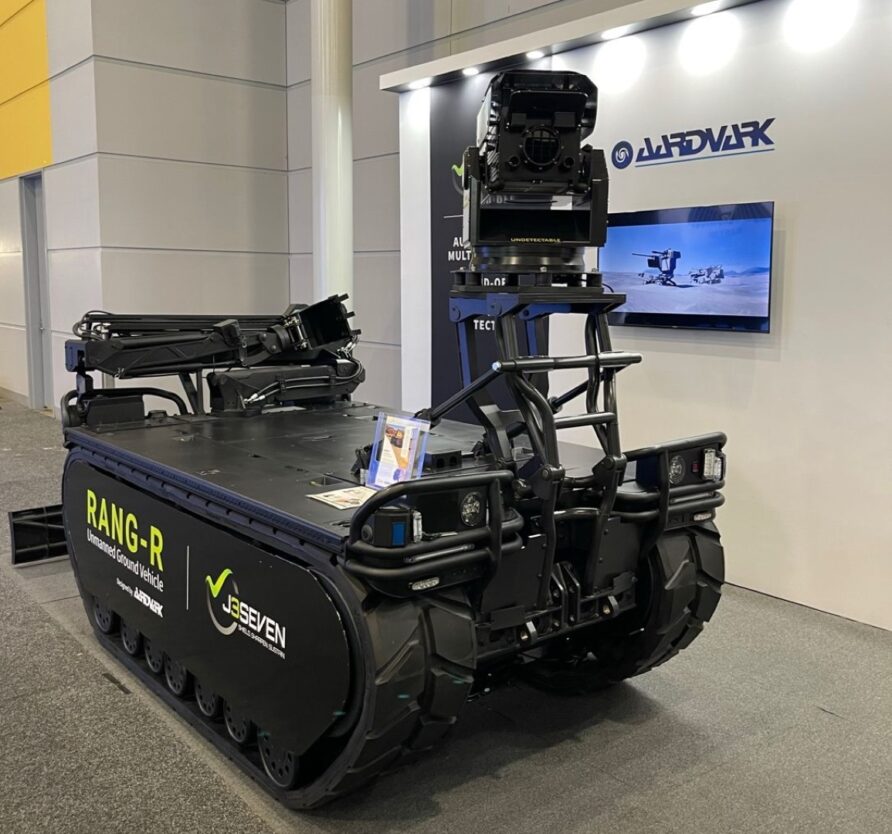
The hybrid diesel/battery power plant provides a range without refuel of approximately 100 km over mixed terrain.
Movex
The French company Movex produces a small tracked carrier called the Track-O Cross-Country, although it seems more tilted to on-site construction and industrial tasks than defence.
It has a much shorter run-time of only 2.5 hours but can carry 1,039 kg on a flat surface.
One could see this being used for specific applications when teleoperated such as short-distance medical evacuation and resupply.
Its low profile is helpful.
There are quite a few of these types of small crawler carriers now, increasingly used in the construction sector.
AVT Trident 35
AVT has been working with Digital Concept Engineering and Babcock on several teleoperated and autonomous projects, including demonstrating them at the British Army Battle Lab.
The one that appears most relevant (and promising) to this application is the Trident 35, still in early development and testing.
Data Table
| Vehicle | Length (m) | Width (m) | Height (m) | Kerb Weight (kg) | Payload (kg) |
| Rheinmetall Mission Master SP | 2.95 | 1.55 | 1.33 | 1,100 | 600 |
| Cadensys RAPTOR | 3.65 | 1.63 | 1.20 | 1,700 | 1,000 |
| IDV Viking | 3.00 | 1.80 | 1.39 | 1,300 | 900 |
| QinetiQ Themis | 2.47 | 2.04 | 1.17 | 1,650 | 750 |
| Aardvark RANG-R | 2.66 | 1.58 | 1.09 | 2,650 | 3,850 |
| AVT Trident 35 | 3.14 | 1.71 | 1.17 | 1,500 | 2,200 |
Load Diagrams
Merlin
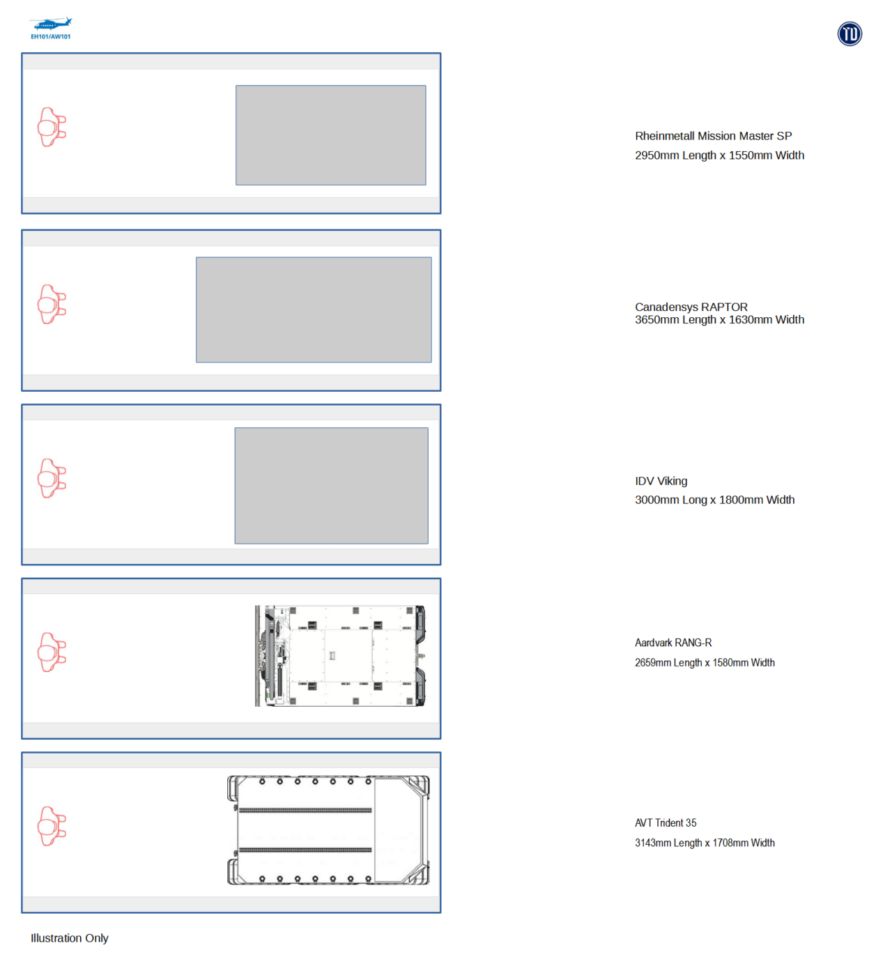
Chinook
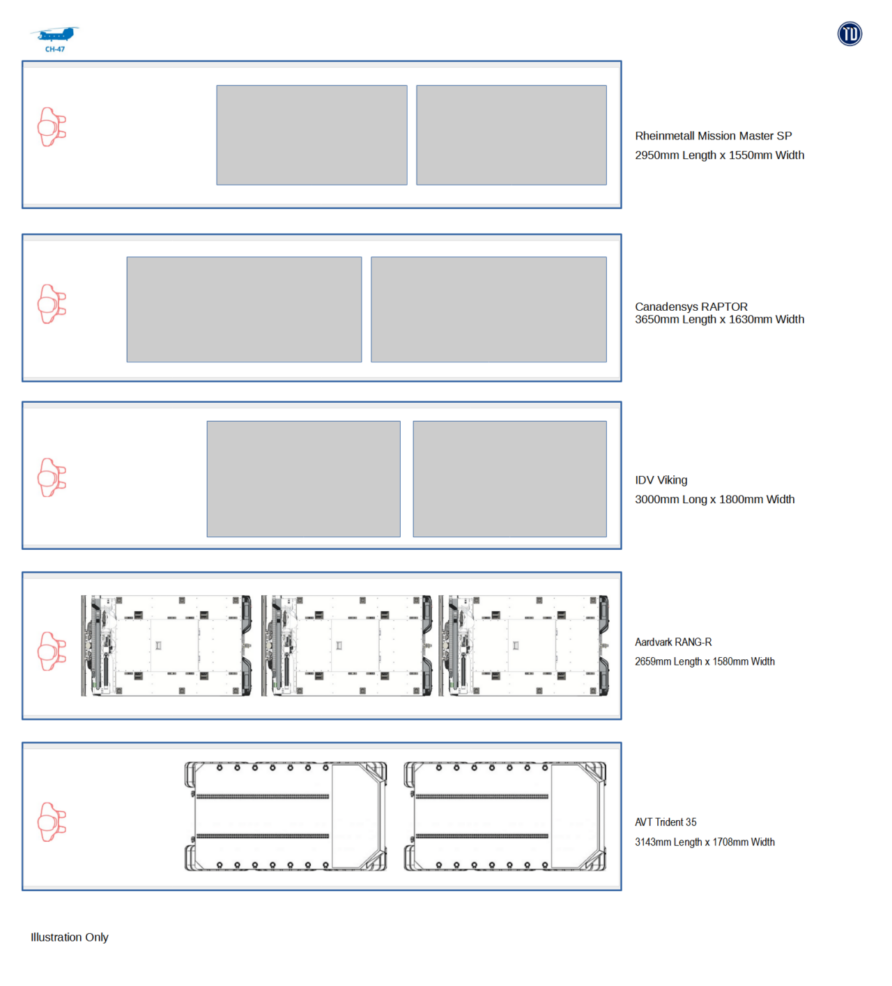
Discover more from Think Defence
Subscribe to get the latest posts sent to your email.

